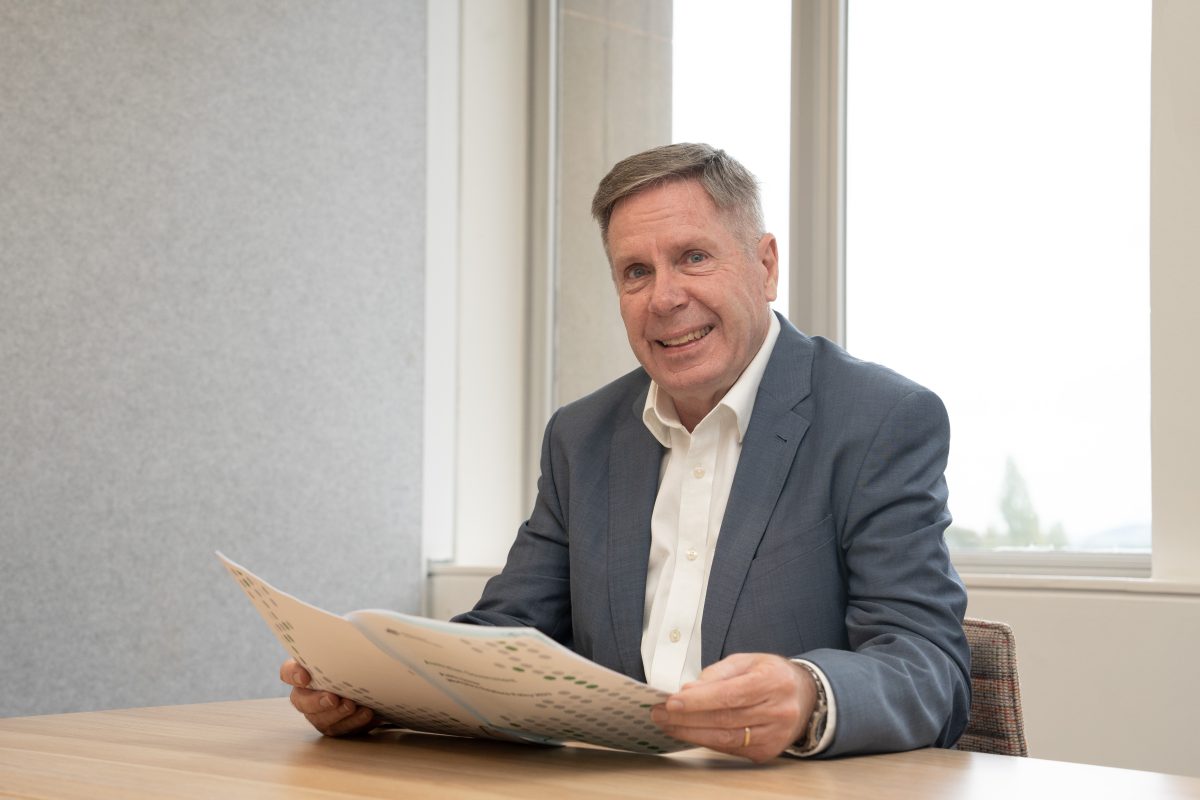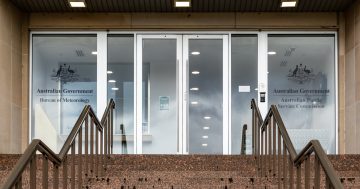
Australian Public Service Commission Deputy Commissioner Peter Riordan. Photo: Supplied.
Despite the best intentions of all stakeholders, there is no guarantee agreement will be reached in the first round of negotiations for new Australian Public Service workplace wages and conditions by the government’s deadline of 31 July this year.
It’s not completely inconceivable that consensus on the whole agreement won’t even be found before the next federal election.
That’s how vastly different the starting points are for the government and APS employee representatives.
It’s going to be a bumpy ride.
The current Public Sector Interim Workplace Arrangements 2022 will remain in place until 31 August this year, which is why a deadline a month earlier has been set.
The government is prepared to ‘park’ points where consensus is not reached quickly, but it won’t budge on some of its (what might be termed) ‘deal-breakers’.
The Community and Public Sector Union wants a 20 per cent sector-wide salary increase over three years.
Public Service Minister Katy Gallagher dismissed that claim almost instantly.
But while the government won’t reveal what percentage wage increase it would be happy with, it’s nowhere near that.
The Federal Government has today (28 March) released its APS Workplace Relations Policy 2023 as it heads into negotiations proper with its staff and their unions.
It includes no explicit wage outcome.
The government’s big objective, being steered by the Australian Public Service Commission’s deputy commissioner Peter Riordan, is to establish a more uniform salary scale across the APS.
The Minister has made it clear she wants that outcome reached.
As it stands now, a significant wage disparity exists between agencies for staff employed at the same classification level.
The APS is competing with itself as workers seek to move internally in search of better pay without a classification promotion.
The APS leadership admits that conditions have drifted over the past five to 10 years and today’s service is somewhat fragmented.
So there is much to discuss.
The APS policy sets out the government’s workplace relations aims as it applies to APS agencies and their employees.
Its purpose ranges from motherhood statements like establishing the APS as a ‘model employer’ and an ‘employer of choice’, to the more measurable goal of reducing fragmentation of pay and conditions across the service.
“The government is committed to providing pay increases for APS employees which are underpinned by productivity growth and delivered through fair and genuine negotiations between employers, employees, and unions,” its policy purpose states.
“In the APS, the government seeks to achieve these objectives through the effective implementation of genuine service-wide bargaining for pay and common conditions.
“The APS policy recognises that many APS agencies have specific conditions relating to their unique operational circumstances.
“The APS Policy enables agencies to continue negotiating for agency-level conditions, where necessary, to facilitate the agency’s operating model.”
That’s where it gets tricky.
There are more than 100 individual agency agreements in the APS and there will remain as many whenever the APS-wide agreement is reached.
They will just have to toe the line of a revamped overall agreement that seeks to create easier mobility across agencies.
The government is pushing for greater commonality to what currently exists.
According to the APS’s policy, exemptions in whole or part will only be considered in exceptional circumstances, which must be assessed by the APSC and approved by the minister of the day.
An agency seeking an exemption to the APS policy must provide a written case that is supported by that agency’s responsible minister and then approved by the Minister for the Public Service.
The government doesn’t want it to be easy to work in the APS under anything other than its workplace policy.
To the extent of there being any inconsistency come 31 August, the APS’s policy prevails and revokes the interim arrangements, effective 1 September.
But that doesn’t mean discussions are over if agreement isn’t reached by then.
There is a long way to go before all parties can meet somewhere in the vast middle of everyone’s wish lists.


















